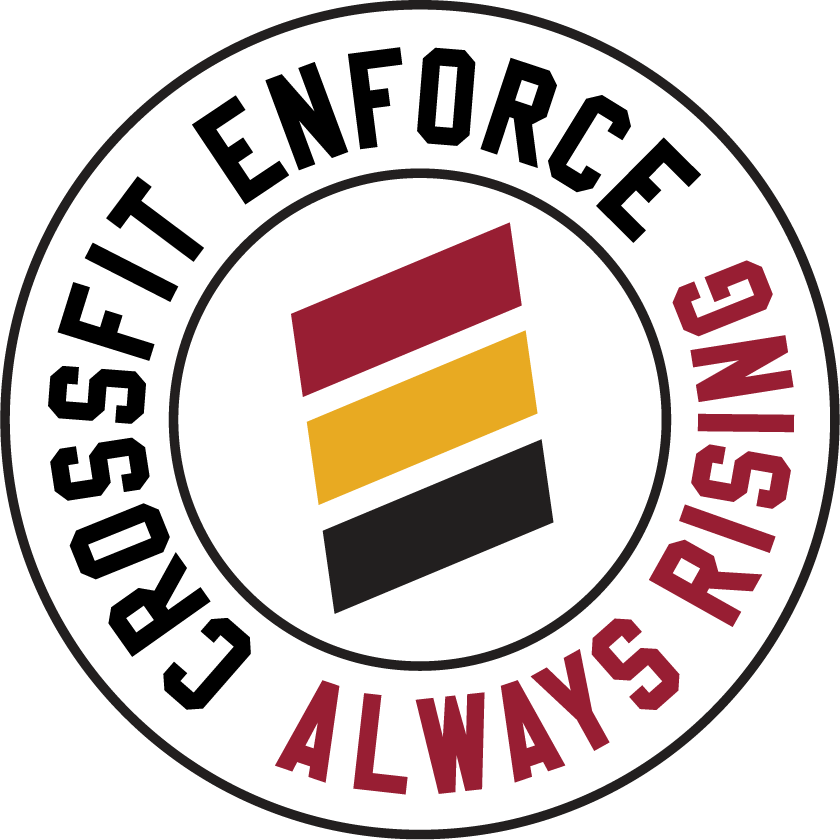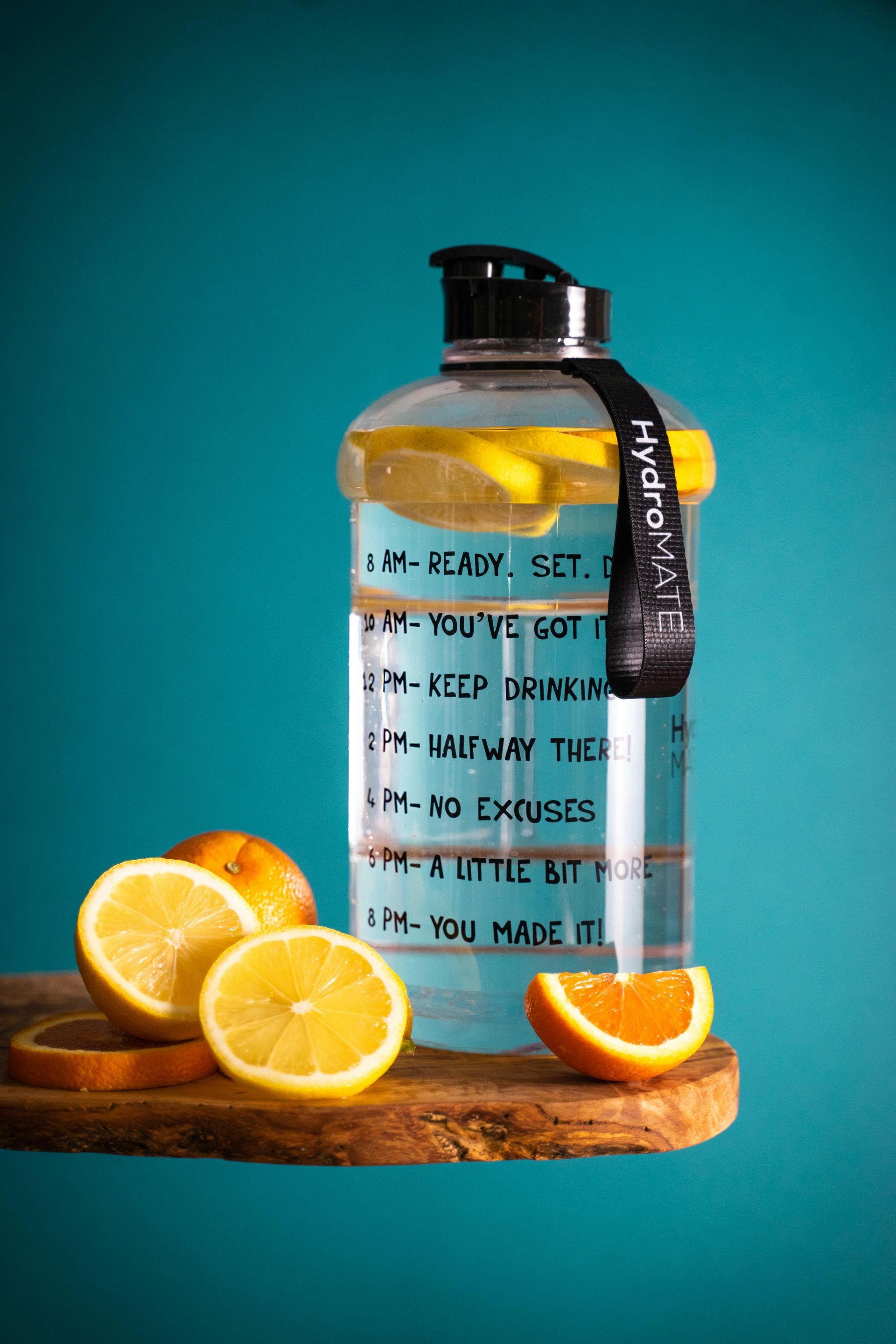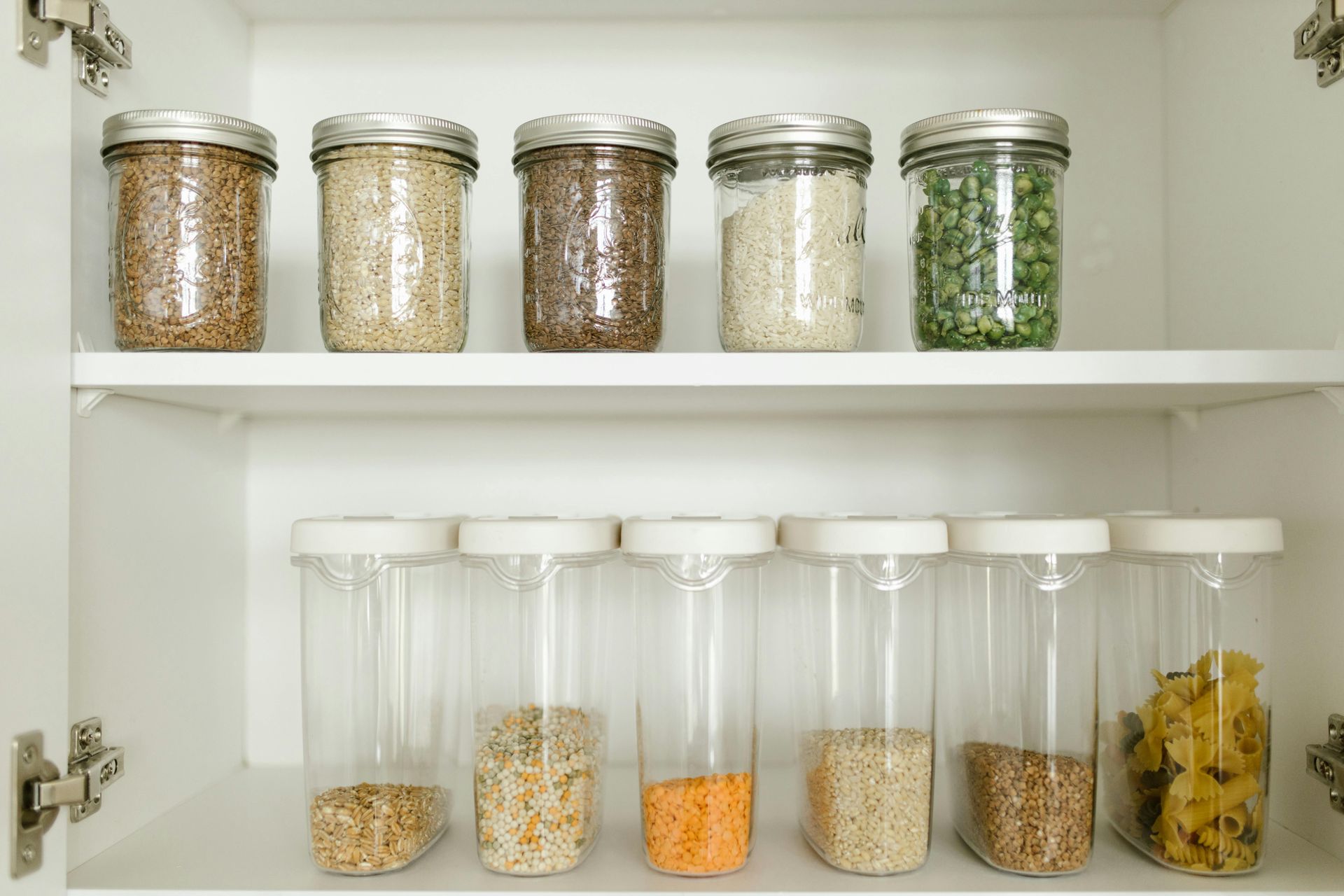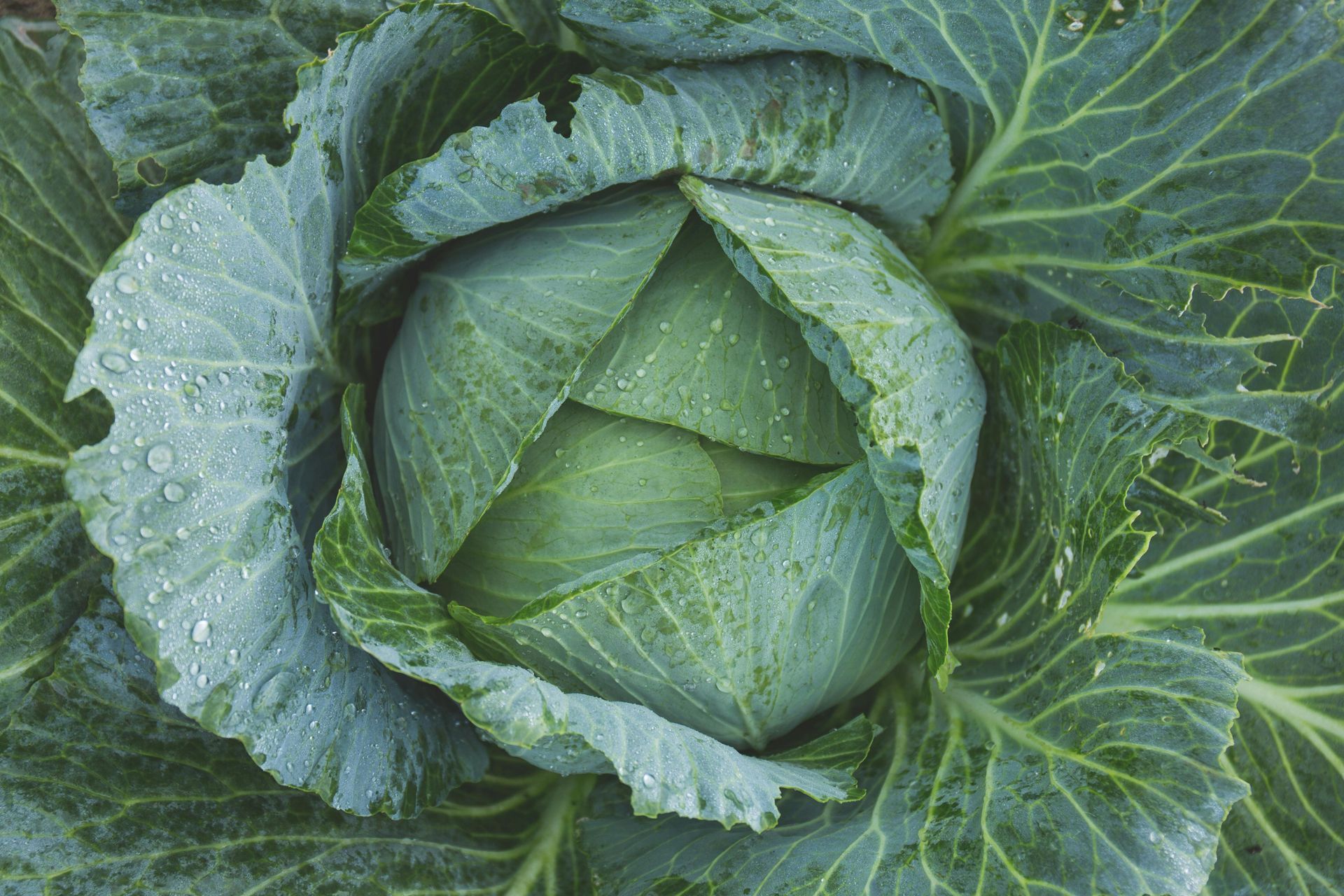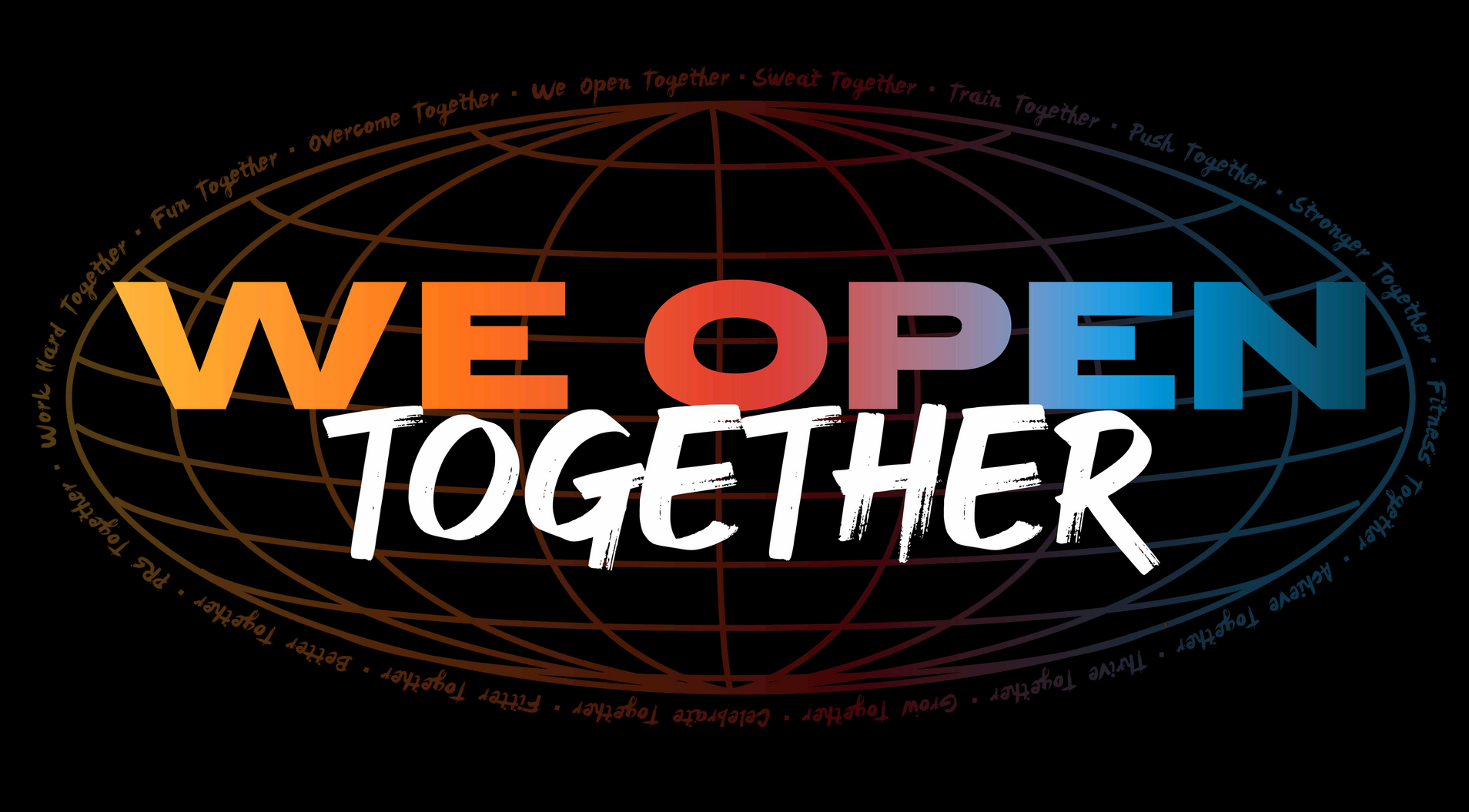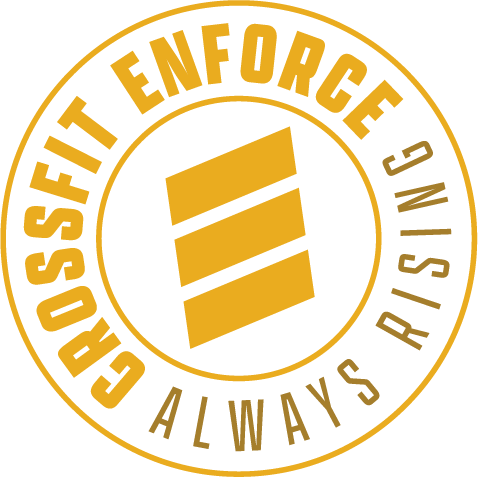Gym Updates & News
Find workout tips, gym updates and more here.

Learn about the expanded biomarker panel not available via the CrossFit Medical Society. It is the perfect companion to getting a biometic scan at CFE to fine tue your fitness and health inside and out. Also giving a huge congratualtions to our recent college grads, while saying thank you to all who came out for Murph - let's keep the momentum going.
What are you waiting for? Join Crossfit Enforce today!
Schedule your free consultation today to discover what CrossFit Enforce is all about.
